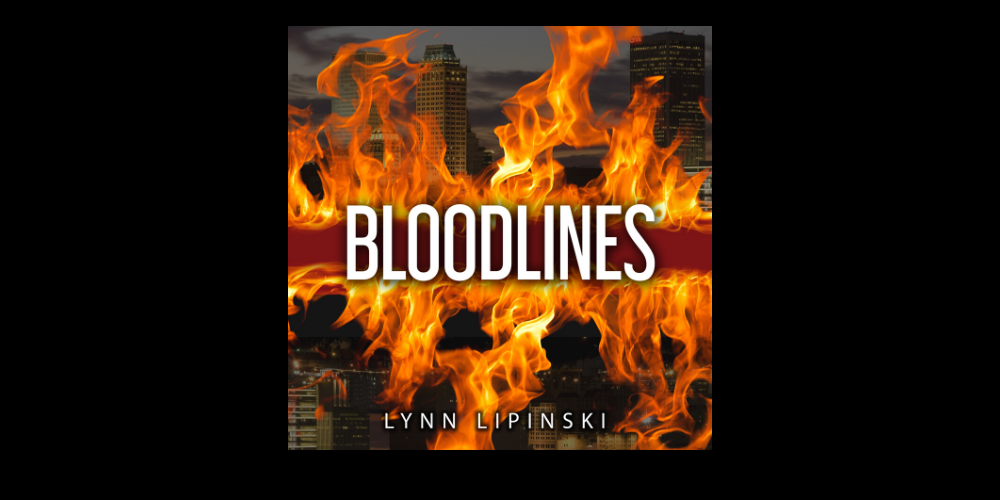
by Lynn Lipinski | Sep 22, 2020 | Essays and Features, Personal
Depending on the light and my mood, the potted cacti and succulents on my front porch resemble either the strange skyline of a science fiction city or the motley cast of characters in Star Wars’ Chalmun’s Cantina. A tangle of golden snake cactus, the opuntia’s...

by Lynn Lipinski | Dec 31, 2018 | Fiction, Oklahoma, Personal, Writing
The bones of the Bloodlines story rattled around in my head for nearly a decade. The main character, Zane Clearwater, was an intruder into my original story. He had a minor role as a love interest to another character. But as I wrote and rewrote the story and worked...

by Lynn Lipinski | Jul 10, 2015 | Flash Fiction Friday, Writing
The first time it happened she was at the laundromat. Then there was another occasion, a few weeks later, while pushing her cart at the supermarket. Initially it was terrifying, but now it happened nearly every day and Robin was starting to like it. It was certainly...

by Lynn Lipinski | Mar 27, 2015 | Personal, Writing
I’ve been struggling to find a literary agent for one of my two fiction novels for more than a year now. I’ve pitched the story at conferences and via email, and received a steady trickle of rejections. Mostly formulaic responses, some nicer than others,...

by Lynn Lipinski | Mar 5, 2014 | Writing
Sleuthfest 2014 in Orlando had some great panels on mystery and thriller writing, but two of my favorites were about creating and describing the perfect setting for your novel. When it comes to writing about locations, fiction writers find themselves in a dialogue...






